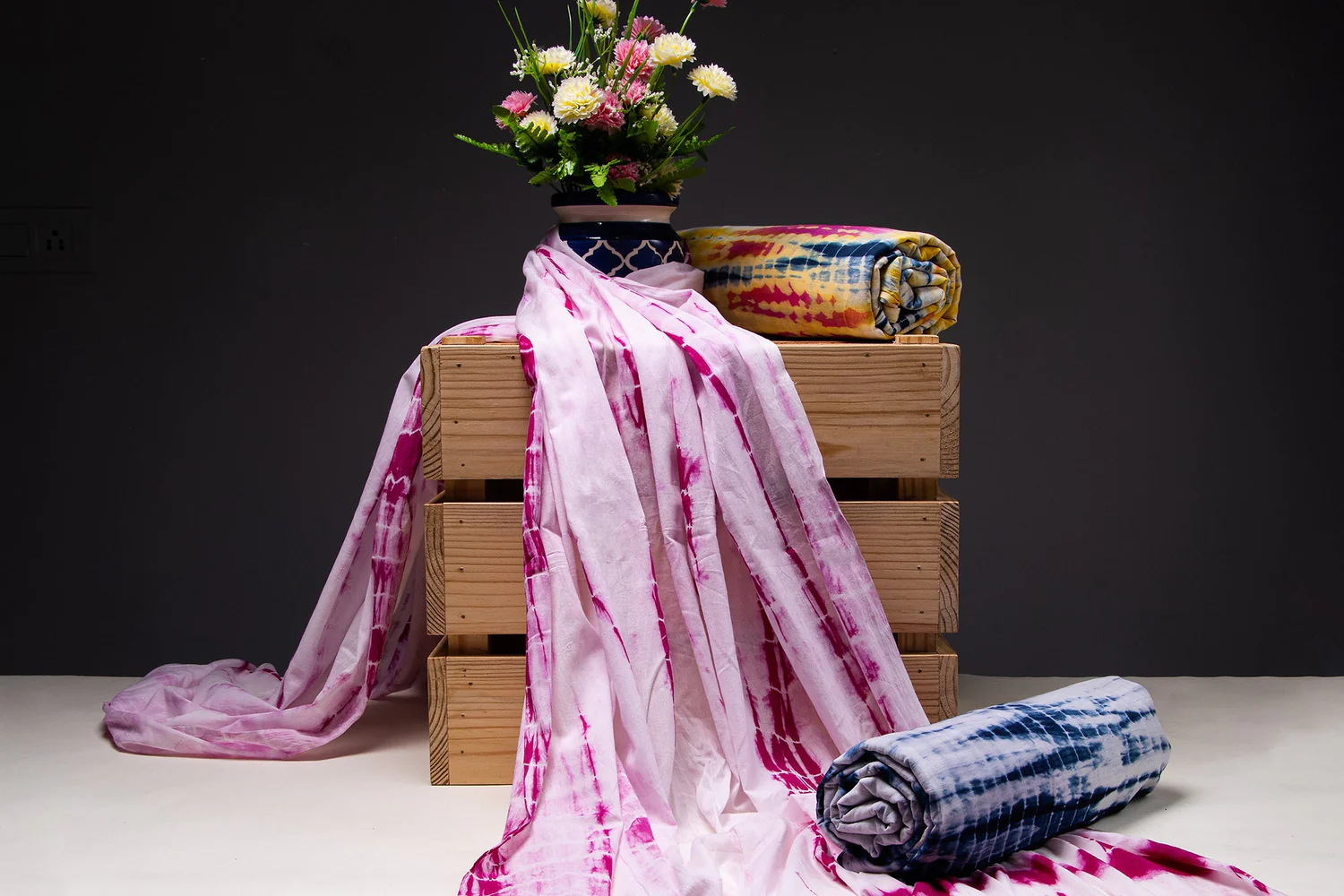Tie and dye fabric is a timeless art form that has captivated cultures and fashion enthusiasts for centuries. Known for its vibrant patterns and expressive colors, this dyeing technique embodies creativity, heritage, and sustainability. In this comprehensive article, we will explore the history, techniques, uses, and modern adaptations of tie and dye fabric, illustrating why it continues to be a favorite in the textile industry.
What is Tie and Dye Fabric?
Tie and dye fabric is a textile created through a resist-dyeing technique, where sections of cloth are tied or folded to prevent dye from coloring certain areas. This results in unique patterns, often in mesmerizing combinations of bold and subtle hues. The art form celebrates individuality, as no two pieces are ever the same.
The Historical Significance of Tie and Dye
Ancient Roots
Tie and dye techniques date back thousands of years, originating independently across various regions, including India, Japan, and Africa. These cultures used natural dyes derived from plants, roots, and minerals to craft colorful textiles for ceremonial, artistic, and everyday purposes.
Global Influence
In India, the art is known as Bandhani, a traditional method practiced predominantly in Rajasthan and Gujarat. Japan introduced the intricate Shibori technique, while African regions developed their bold geometric patterns through resist dyeing. Each culture’s version of tie and dye fabric reflects its unique artistic heritage.
The Art of Creating Tie and Dye Fabric
Material Selection
Tie and dye work best on natural fibers like cotton, silk, and wool, which absorb dyes effectively and produce vibrant results. These fabrics are soft, breathable, and durable, making them ideal for a range of applications.
Dye Preparation
Natural dyes, such as indigo, turmeric, and henna, are often used in traditional tie and dye practices. In modern processes, synthetic dyes are employed to achieve a broader spectrum of colors and ensure consistency.
Tie and Dye Techniques
1. Folding
The fabric is folded into specific shapes, such as squares, triangles, or accordion pleats, to create symmetrical patterns.
2. Twisting
The cloth is twisted into a spiral or rope-like shape, producing circular and radial designs.
3. Knotting
Knots are tied at intervals, resulting in irregular but stunning patterns that emphasize texture and depth.
4. Stitch Resist
In this method, stitches are used to draw patterns on the fabric before dyeing. Once the threads are removed, intricate designs are revealed.
5. Clamping
Clamping involves sandwiching sections of fabric between wooden blocks or other objects before dyeing, creating sharp and geometric patterns.
The Versatility of Tie and Dye Fabric
Fashion Applications
Ethnic Wear
Tie and dye are widely used in traditional garments like sarees, salwar suits, and dupattas. The Bandhani saree, with its dotted patterns, is a staple in Indian weddings and festivals.
Western Wear
From chic dresses and shirts to trendy scarves and accessories, tie and dye has made a splash in contemporary fashion, blending seamlessly with modern styles.
Boho and Casual Styles
Tie and dye is synonymous with bohemian and laid-back fashion, featuring prominently in summer dresses, tank tops, and maxi skirts.
Home Decor
Tie and dye fabric adds a splash of color and character to home interiors. Popular items include:
- Cushion Covers
- Curtains
- Table Linens
- Bedspreads and Throws
The vibrant designs instantly uplift any space, creating a warm and inviting atmosphere.
Craft and Accessories
The versatility of tie and dye extends to crafting handbags, headbands, and even footwear. These accessories showcase the fabric’s playful and artistic appeal.
Modern-Day Adaptations of Tie and Dye
Eco-Friendly Practices
The growing focus on sustainable fashion has revived interest in traditional tie and dye techniques using organic fabrics and natural dyes. These practices align with eco-conscious values, reducing the environmental impact of textile production.
Digital Printing Meets Tradition
Innovative methods now combine traditional tie and dye aesthetics with modern digital printing, enabling mass production without compromising the handmade look.
Custom Creations
Personalization is a rising trend, with tie and dye workshops offering individuals the opportunity to design their unique garments and decor pieces.
Caring for Tie and Dye Fabric
To preserve the beauty of tie and dye textiles, follow these simple care tips:
- Gentle Washing: Hand wash or use a delicate cycle with mild detergent to prevent bleeding or fading.
- Cold Water: Wash in cold water to maintain the fabric’s vibrancy.
- Dry in Shade: Avoid direct sunlight to protect the colors from fading.
- Iron with Care: Use low heat and iron on the reverse side to keep the patterns intact.
Why Choose Tie and Dye Fabric?
Tie and dye fabric offers a perfect blend of artistic expression, cultural heritage, and modern adaptability. Whether you want to make a bold fashion statement, enhance your home decor, or embrace eco-friendly textiles, tie and dye is an ideal choice.
Conclusion
Tie and dye fabric remains an evergreen choice in the world of textiles, celebrated for its uniqueness, rich history, and boundless creativity. From ancient traditions to contemporary trends, it continues to captivate hearts and inspire designs. By choosing tie and dye, we not only embrace a timeless art form but also contribute to preserving cultural and ecological values.




